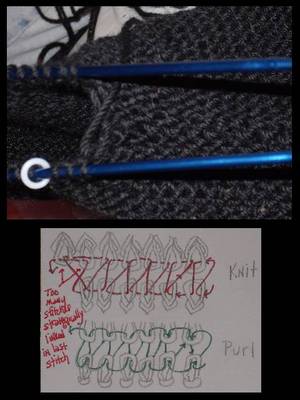No one likes having a blood test. For some the idea of putting a needle in their body will just terrify them so much that they will put off, having annual blood work all together. Some doctors will try to ease patients’ minds by telling patients to get a finger stick, which sounds like it would be really simple. In reality, this simple act of just poking a finger is not the best choice for blood work.
Yes, you can do finger sticks for some tests, but not all tests can be performed this way. Take for example a sedimentation rate, it is a common test normally ordered for people who have joint paint, or arthritis. It helps measure the amount of inflammation that the body is having. For this test one milliliter is needed. That is the minimum amount needed to perform this test. You will not be able to get this from a finger stick; therefore a venipuncture has to be done.
It isn’t not just the amount of blood needed for tests that is a concern, but also contamination of tissue fluids that can ruin many a sample from a finger stick. Many nurses, in hospitals do not get adequate training when they do a finger stick on a patient. Phlebotomists are adequate at performing finger sticks because they are properly trained. What am I referring to you maybe asking it just wipe with alcohol, wipe, stick with lancet, then drop of blood right. Yes and no is my answer. There is one step, which many forget to do, they forget to wipe the first drop of blood off, and get the second drop to test.
Why you might be asking do I want the second drop to test? The answer is that first drop is contaminated with tissue fluid, which can dilute a sample and give an inaccurate reading. Many times diabetics will say that the reading they get from the venipuncture sample does not match what they got from the finger stick reading. Many time it because they used that first drop. When asked the next time to use a second drop and get a venipuncture sample to make sure the glucose meter they are using is working ok, the results are generally only a few point differences.
One the main problems in all honesty on going with a finger stick versus a venipuncture, are many believe that the finger sticks will be less painful. This is a common misconception. Finger sticks hurt, and the puncture will hurt for a few days afterwards. People complain when they get a paper cut on the finger. That is only a tiny cut, for a finger stick, you are cutting deeper.
With venipuncture, there is a slight discomfort, but is usually lasts no more then an hour, if that many even say they don’t even feel the needle in the arm. One the reasons it hurts for a few days with the finger stick is the technician has to keep squeezing the cut, where the venipuncture the tubes draw the blood in automatically. Another reason for the pain with the finger stick you are constantly using the tips of your fingers, so healing time will de delayed. When a venipuncture is performed in the upper arm area, how often are you pounding or using the area? There for that area can heal much more quickly.
It goes back to the old saying if it sounds too easy then most likely it isn’t. sure in theory getting a finger stick sounds like a great idea but in actuality, it is much better to get the venipuncture.



